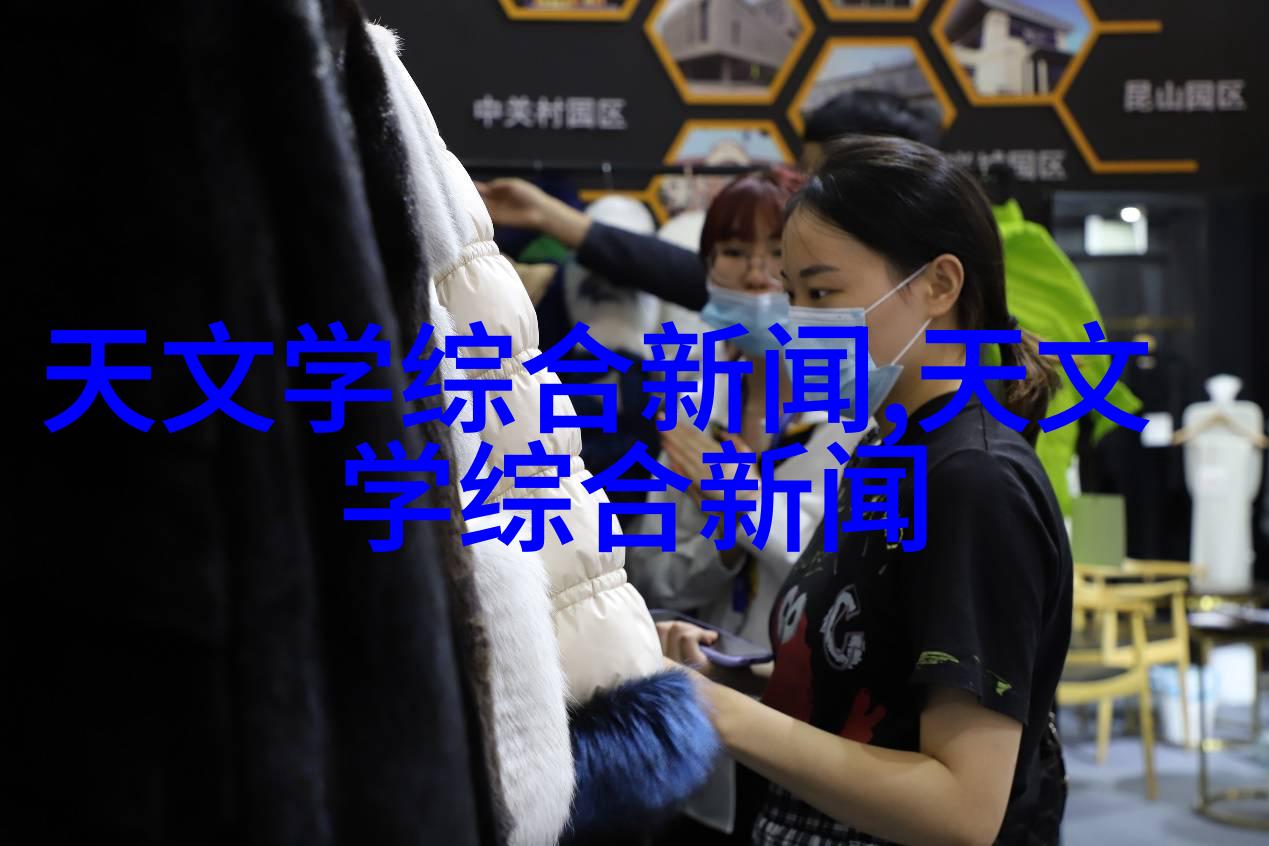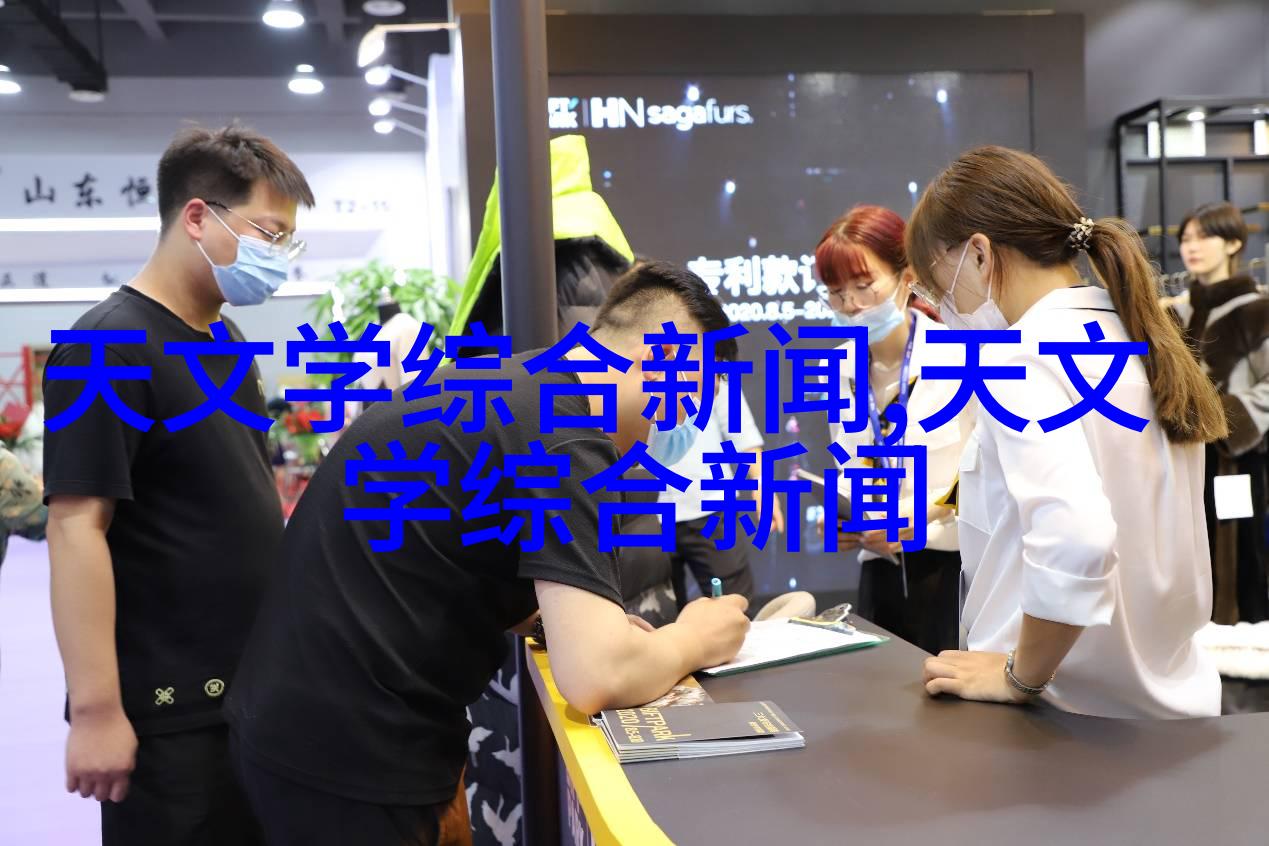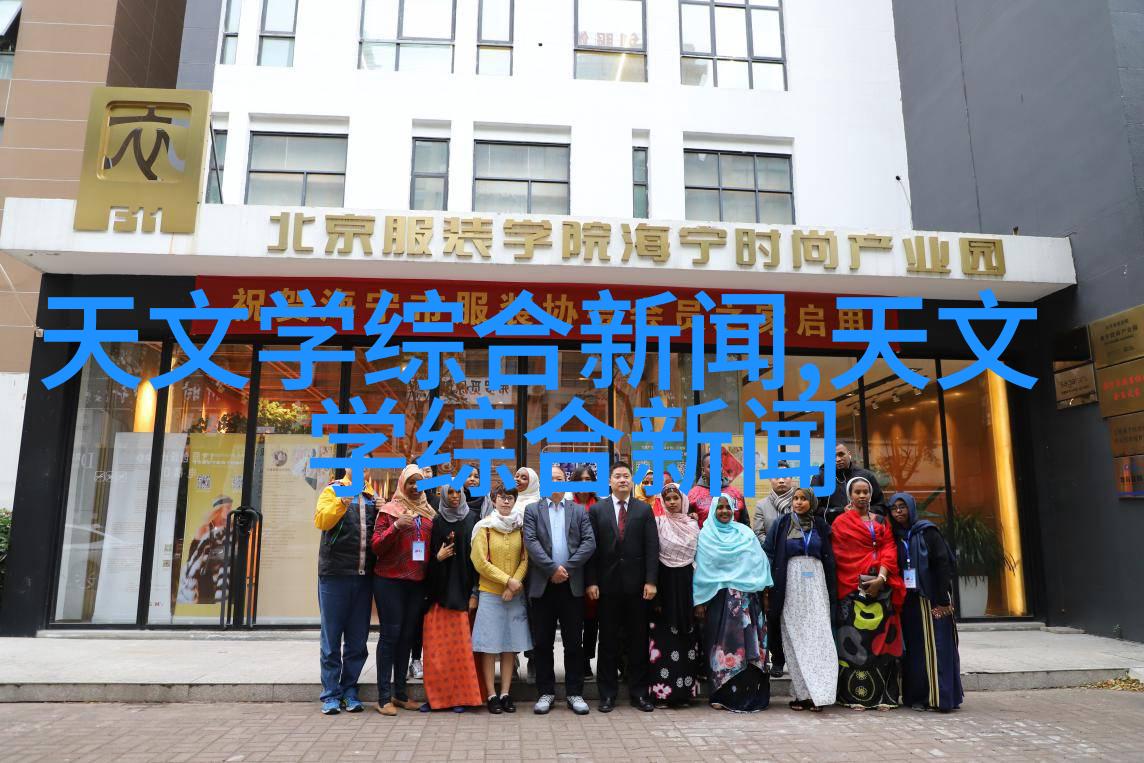意大利都灵理工大学教授讲述理解金属-分子相互作用以实现低成本疾病诊断

直播时间:2024年10月25日(周五)20:00-21:30
直播平台:

科学网APP
https://weibo.com/l/wblive/p/show/1022:2321325093370774290437
(科学网微博直播间链接)

科学网微博

科学网视频号
【直播简介】
北京时间2024年10月25日晚八点,iCANX Talks 第209期邀请到了都灵理工大学Laura Fabris教授作为主讲嘉宾,辛辛那提大学Pietro Strobbia教授也将进行分享!北京大学Haixia Zhang教授教授担任研讨嘉宾,南方科技大学Xingyu Jiang担任主持人。
这将是一场汇聚顶尖学者的盛会,共同探讨前沿科技与学术挑战!更多精彩,敬请期待!
【嘉宾介绍】

Laura Fabris
意大利都灵理工大学
Understanding Metal-Molecule Interactions toward Low-Cost Disease Diagnostics
【Abstract】
Our planet is populated by an estimated 8.2 billion highly interacting individuals enjoying generally long lives. Along with the advantages of the modern world come however many issues, mainly related to human health, that bring substantial strain to the medical systems. In fact, in both rich and developing countries, people in growing numbers are subjected to non-communicable diseases due to aging and to communicable diseases due to population densities in urban setting, that lead to easy spreading of diseases. In both scenarios, the healthcare systems have a hard time keeping up with disease prevention, diagnosis, treatment, and management, mostly because of the high costs of these procedures. There is therefore the need to develop and implement diagnostic methods that are truly low cost, rapid, robust, and deployable, and can be provided to all people, regardless of geographic location or socioeconomic status.Our group combines fundamental concepts of nanomaterials and surface chemistry, physical chemistry and spectroscopy, and sensor development to address these issues. In my talk I will discuss 1) how surface enhanced Raman spectroscopy (SERS) combined to advanced machine learning algorithms can aid in detecting diseases through the analysis of genetic biomarkers, such as miRNA; and 2) how only by truly understanding the metal-molecule interactions at the plasmonic nanoparticle surface can SERS be leveraged to produce reliable sensors that are quantitative, accurate, and reproducible. While SERS has been for many years deemed an unreliable technique, it was because much of the research effort has been directed toward the identification of a “universal substrate” that can provide diagnostic results with zero sample pretreatment. Now, it is important that we abandon this concept and adopt the same strategies utilized for other identification techniques, such as mass spectrometry, where detailed sample pretreatment and detection flowcharts are defined before analysis can begin. I will therefore, in conclusion, argue that if we want to obtain truly low cost, rapid, robust, and simple diagnostic tools that can be easily employed by the healthcare providers, we need to do the heavy lifting work at the source, in our research laboratories.
我们的星球上居住着大约82亿高度互动的个体,他们通常享有较长的寿命。随着现代世界的优势而来的是许多问题,主要与人的健康有关,这些问题给医疗系统带来了巨大的压力。事实上,在富裕和发展中国家,越来越多的人受到非传染性疾病的影响,这是由于老龄化;以及由于城市环境中的人口密度导致的传染病,这使得疾病容易传播。在这两种情况下,医疗保健系统在疾病预防、诊断、治疗和管理方面都难以跟上,主要是因为这些程序的成本高昂。因此,有必要开发和实施真正低成本、快速、稳健且可部署的诊断方法,并且可以提供给所有人,无论其地理位置或社会经济地位如何。我们的团队结合了纳米材料和表面化学、物理化学和光谱学以及传感器开发的基本理念,以解决这些问题。在我的演讲中,我将讨论1) 表面增强拉曼光谱(SERS)结合先进的机器学习算法如何通过分析遗传生物标志物(如miRNA)来帮助检测疾病;以及2) 只有真正理解等离子体纳米粒子表面的金属-分子相互作用,SERS才能被利用来生产可靠、定量、准确和可重复的传感器。尽管SERS多年来一直被认为是一种不可靠的技术,那是因为许多研究工作都指向了识别一种“通用基底”,这种基底可以在零样本预处理的情况下提供诊断结果。现在,重要的是我们放弃这个概念,采用其他识别技术(如质谱)所采用的策略,即在分析开始之前定义详细的样本预处理和检测流程图。因此,我将总结性地论证,如果我们想要获得真正低成本、快速、稳健且简单的诊断工具,这些工具可以被医疗保健提供者轻松使用,我们需要在我们的研究实验室中做繁重的工作。
【BIOGRAPHY】
Laura Fabris received her B.S./M.S. degree in Chemistry in 2001 from the University of Padova, where she was awarded a Ph.D. in 2006. She was then a postdoc at the University of California Santa Barbara. In 2009 she moved to Rutgers University in the Department of Materials Science and Engineering where she remained as Associate Professor until 2021. In June 2021 she was appointed Full Professor at the Polytechnic University of Turin in the Department of Applied Science and Technology. Her research combines fundamental notions of nanomaterials chemistry and spectroscopy for the development of new technologies addressing important challenges in medicine, biology, and energy.
劳拉·法布里斯在2001年从帕多瓦大学获得了化学本科/硕士学位,并于2006年获得了博士学位。之后,她在加州大学圣塔芭芭拉分校做了博士后。2009年,她转到罗格斯大学材料科学与工程系,直到2021年一直担任副教授。2021年6月,她被任命为都灵理工大学应用科学与技术系的正教授。她的研究结合了纳米材料化学和光谱学的基本理念,为医学、生物学和能源领域的重要挑战开发新技术。

Pietro Strobbia
辛辛那提大学
Advancing SERS biosensing through adaptable sensor design
【ABSTRACT】
The emerging infectious diseases and global food security are arising as major societal challenges due to climate change and other shifting conditions. We believe surface-enhanced Raman scattering (SERS)-based technology can play a key role in tackling global challenges, including early surveillance of infectious diseases and advancing precision agriculture. Our goal is to advance the state-of-the-art for SERS biosensors developing sensing solutions designed to meet these global challenges. The COVID pandemic has shown the issues of the global diagnostic infrastructure and the need for deployable diagnostic technologies. Surface-enhanced Raman scattering (SERS) biosensors are a potential solution for the development of advanced point-of-need diagnostic technologies; however, SERS biosensors are currently limited by their dynamic range, which cannot provide quantification of viral biomarkers. To improve these sensors towards viral biomarkers detection, our group advanced the reagentless sensing mechanism of SERS sensors improving limit of detection via DNA-catalysis and extended the dynamic range by tuning the thermodynamic parameters associated with the mechanism. Our lab has also been working on building an algorithm for the automation of sensor design, as a tool for rapid response to emerging threats. Being able to predict the figures-of-merit for a sensor given input genetic target sequence removes the requirements for validation steps and permits to optimize sensor performance within a given target genome. Our current research focus is to establish a protocol to use inverse design for the sensing mechanism of reagentless SERS sensors. To this end, we are analyzing sensor performance as a function of design sequences, for the optimization of our design algorithm.
新出现的传染病和全球粮食安全由于气候变化和其他变化条件而成为主要的社会挑战。我们认为,基于表面增强拉曼散射(SERS)的技术可以在应对全球挑战中发挥关键作用,包括早期监测传染病和推进精准农业。我们的目标是推进SERS生物传感器的最新技术水平,开发旨在应对这些全球挑战的传感解决方案。COVID大流行揭示了全球诊断基础设施的问题以及对可部署诊断技术的需求。表面增强拉曼散射(SERS)生物传感器是发展先进的现场诊断技术的一个潜在解决方案;然而,SERS生物传感器目前受到其动态范围的限制,无法对病毒生物标志物进行定量。为了提高这些传感器对病毒生物标志物检测的能力,我们的团队推进了SERS传感器的无试剂传感机制,通过DNA催化提高了检测限,并调节与机制相关的热力学参数来扩展动态范围。我们的实验室还在开发一个算法,用于自动化传感器设计,作为对新出现威胁的快速响应工具。能够预测给定输入遗传目标序列的传感器性能指标,消除了验证步骤的要求,并允许在给定目标基因组内优化传感器性能。我们当前的研究重点是建立一个协议,使用逆向设计来优化无试剂SERS传感器的传感机制。为此,我们正在分析传感器性能作为设计序列的函数,以优化我们的设计算法。
【BIOGRAPHY】
Pietro Strobbia is an Assistant Professor in the Department of Chemistry of University of Cincinnati since August 2020. Pietro received his BS in chemistry from the Sapienza University of Rome (2011) and earned a Ph.D. in chemistry from the University of Maryland Baltimore County (2016). Prior to his appointment at UC, Pietro was a postdoctoral associate in the Department of Biomedical Engineering at Duke University. Research in the Strobbia Lab is largely directed towards bridging the gap between current state-of-the-art sensing technologies and the actual requirements for their application in clinical settings or in the field. Our group works on multidisciplinary projects leveraging expertise in optical systems and sensing technologies development, as well as on plasmonics and surface-enhanced Raman scattering (SERS). We apply this expertise to current relevant issues in clinical diagnostics and environmental analysis, with a particular focus on the development deployable technologies. Our long-term goal is to benefit the developing and developed world through the dissemination of new cost-effective and practical analytical tools.
Pietro Strobbia比亚自2020年8月以来是辛辛那提大学化学系的助理教授。彼得罗在罗马智慧大学(2011年)获得化学学士学位,并在马里兰大学巴尔的摩县(2016年)获得化学博士学位。在被任命为UC之前,彼得罗是杜克大学生物医学工程系的博士后助理。斯特罗比亚实验室的研究主要旨在弥合当前最先进的传感技术与临床环境或现场应用的实际需求之间的差距。我们的团队在光学系统和传感技术开发方面利用专业知识进行多学科项目,以及在等离子体和表面增强拉曼散射(SERS)方面的工作。我们将这些专业知识应用于临床诊断和环境分析中的当前相关问题,特别关注可部署技术的发展。我们的长期目标是通过传播新的成本效益高且实用的分析工具,使发展中国家和发达国家受益。


